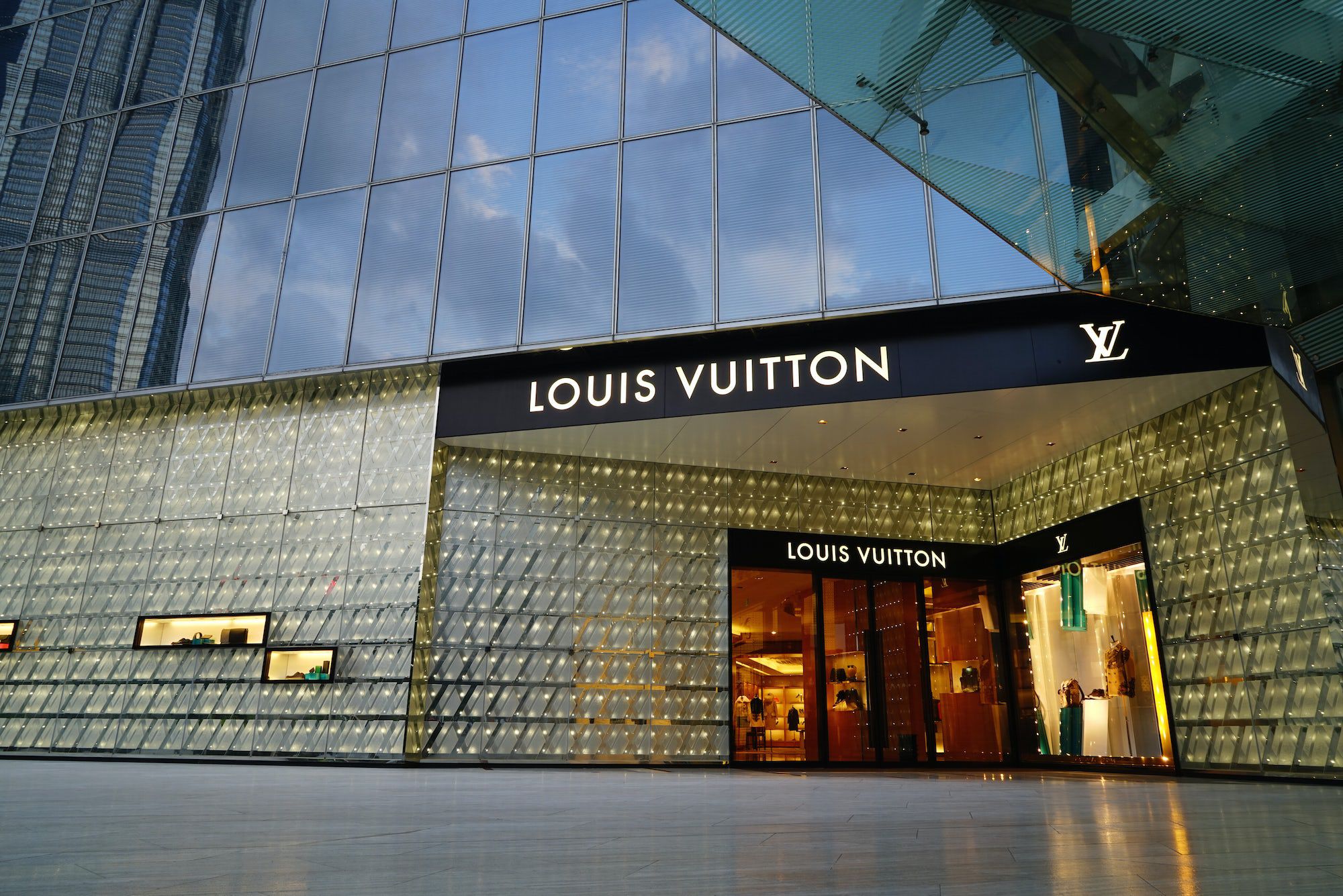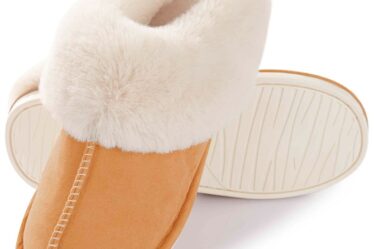
The world’s biggest producer of luxury goods has emerged as a favourite among fund managers marketing themselves as promoters of environmental and social goals.
More than 1,200 ESG funds now hold shares of LVMH Moet Hennessy Louis Vuitton SE, according to data compiled by Bloomberg. Roughly 500 more are indirectly exposed to the luxury behemoth, the data show. That puts LVMH well ahead of more traditional green names such as Vestas Wind Systems A/S and Tesla Inc. on the list of preferred ESG stocks.
The funds, which claim either to “promote” environmental, social and good governance principles, make ESG an outright “objective” or simply put ESG in their names, have amassed a combined LVMH stake worth more than $17 billion, Bloomberg data show. The company’s 190 percent value gain since the early days of the pandemic helped ESG weather a tough 2022, which saw the strategy sag in the face of decades-high inflation, interest-rate hikes, an energy crisis and a slump in technology stocks.
Credit Agricole SA has the biggest exposure to LVMH via ESG funds with an investment of roughly $1.7 billion, Bloomberg data show. Much of that is via funds that under European Union rules “promote” ESG, known as Article 8.
Fabio Di Giansante, head of large-cap European equities at Amundi, which is owned by Credit Agricole, says that when it comes to environmental considerations, LVMH is “ahead of peers.” On the social front, “we have to admit that LVMH has been a bit slower at improving” and “this has been an area of engagement from our side,” he said.
In an emailed comment to Bloomberg, LVMH referred to its inclusion this year in Sustainalytics’ list of top-rated ESG companies, which looks at all three E, S, and G metrics. The company has also been included in a number of sustainable indexes, including S&P Global ESG and Moody’s ESG.
“On the social side, gender pay is an important part of LVMH’s commitments to gender equity, which include achieving salary equity by 2025 and 50 percent of women in group key positions by 2025,” the company wrote. Such efforts “have already led to significant progress,” examples of which include the increase in the percentage of women in key positions at LVMH from 23 percent to 45 percent between 2007 and 2022. And 65 percent of LVMH executives and managers are women, while 18 women run the group’s so-called Maisons as chief executives, LVMH said.
“Luxury stocks are investor darlings at the moment,” said Gilles Guibout, a portfolio manager at Axa Investment Managers. “And because they’re eligible to ESG funds, they logically benefit from their defensive growth profile, while valuations aren’t so expensive.”
This year, ESG funds in Europe have returned about 10 percent on average, while the Stoxx Europe 600 Index is up roughly 6 percent. Those focused on tech — especially artificial intelligence — have trounced the rest with top performers booking returns in excess of 40 percent.
Outperforming Funds
ESG funds building their exposure to the luxury sector are also beating their benchmarks. The Palatine Europe Sustainable Employment fund (Ticker: PAMEECM FP), counts LVMH as its biggest holding. According to Bloomberg data, the luxury giant makes up almost a tenth of the fund, which is registered as Article 9 in the EU, the bloc’s highest ESG designation. The fund is up 14 percent this year, outperforming 94 percent of its peers.
The Candriam Sustainable Equity EMU (Ticker: CSEMICE LX), which is also registered as Article 9, keeps LVMH in its top four holdings, along with ASML Holding NV, KBC Group NV and L’Oréal SA. It’s up 11 percent this year. The Amundi MSCI Europe Climate Transition CTB (Ticker: AIEEIEC LX), which has made LVMH its top holding, is up 11 percent this year, according to Bloomberg data.
LVMH, which in April tested a half trillion-dollar market valuation, saw its stock retreat last month from a record high. Analysts at Bank of America Corp. said the decline offered an opportunity to add exposure to luxury stocks. And LVMH’s recent decision to raise prices is among steps seen supporting sales this year, according to analysts at Citigroup Inc.
Those price hikes will make LVMH products even less accessible to average shoppers in a world increasingly shaped by a wide gap between rich and poor. The current level of wealth and income inequality is “extreme,” with the richest 10 percent owning roughly 190 times as much as the poorest 50% of the global population, according to a March 2022 article published by the International Monetary Fund.
A study published in December by the Warwick Business School found that the social dynamic associated with high levels of income inequality drives those who can to spend more on luxury. That’s particularly pronounced in China, where a growing wealthy class is keen to demonstrate its new-found status through luxury purchases.
Jie Zhang, an equity analyst at Alphavalue in Paris, said that when it comes to the “social inequality aspect of the concept of luxury,” it’s not “because of luxury that there is social inequality, and we cannot forget that the original purpose of luxury is the pursuit of beauty, creativity, and quality.”
It’s true that “luxury goods highlight social inequalities,” said Jelena Sokolova, an analyst at Morningstar Inc. “But from an environmental impact and labour point of view, these companies score well,” she said.
Unlike so-called fast fashion producers, luxury firms tend to produce smaller batches than the mass market, “so the environmental impact is smaller, plus the goods are aimed to last,” Sokolova said. What’s more, production and sourcing is also mainly done in Europe, where strict labour laws apply, she said.
By Lisa Pham
Learn more:
Pharrell at Louis Vuitton: When Fashion Became Entertainment
The creative polymath’s debut show on Paris’ Pont Neuf aimed to cement Louis Vuitton’s positioning as a purveyor not just of fashion, but culture writ large.
Disclosure: LVMH is part of a group of investors who, together, hold a minority interest in The Business of Fashion. All investors have signed shareholders’ documentation guaranteeing BoF’s complete editorial independence.



